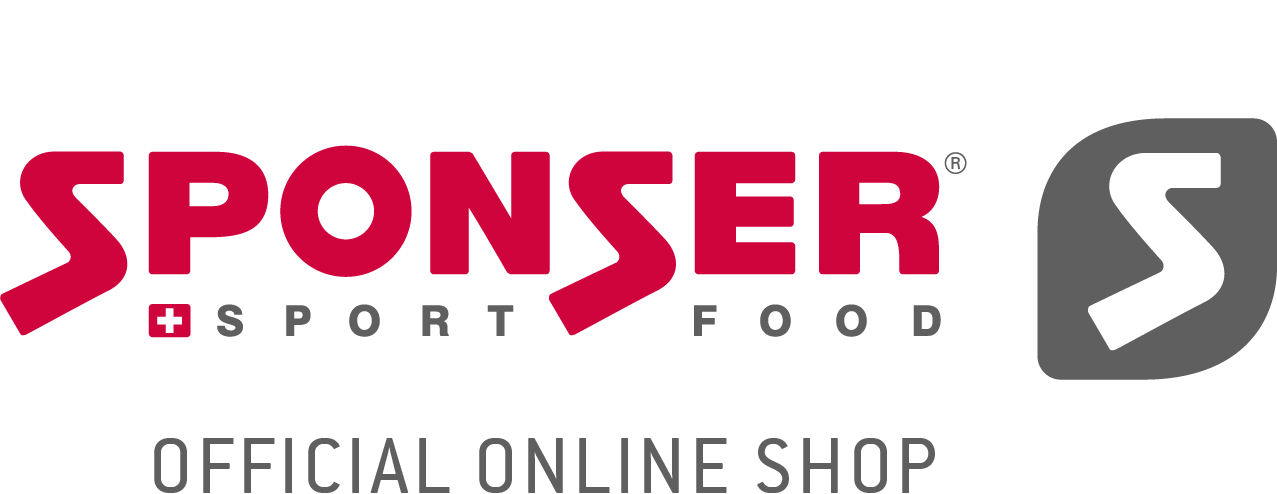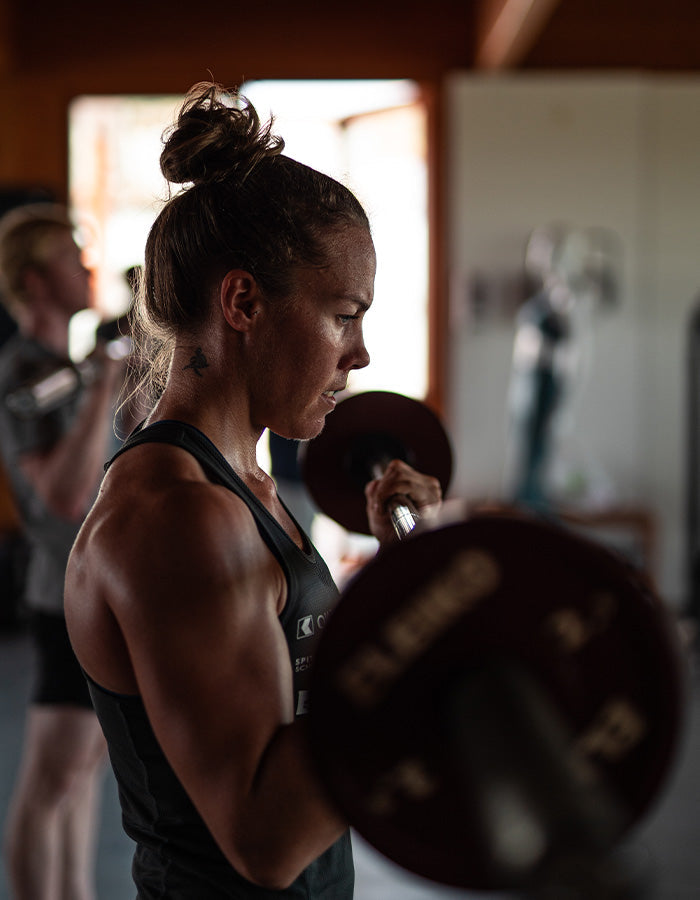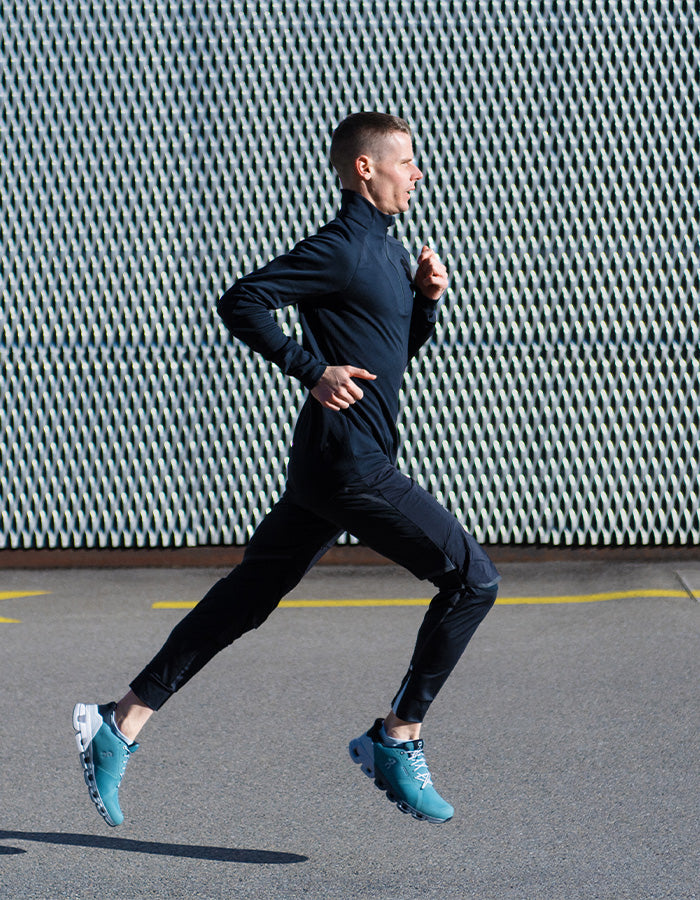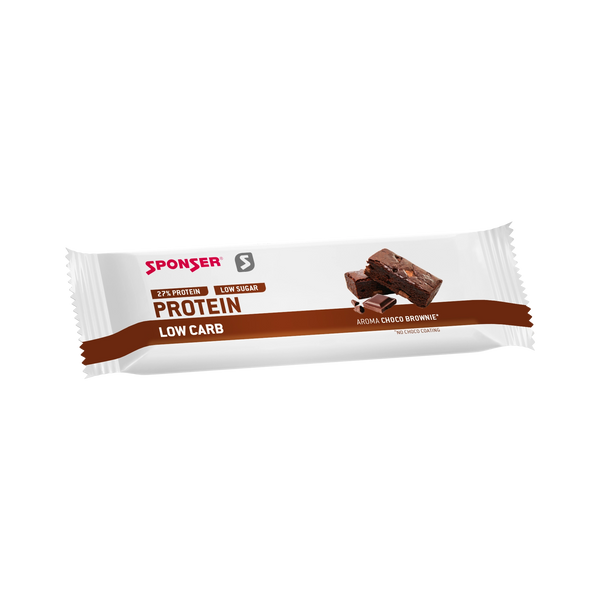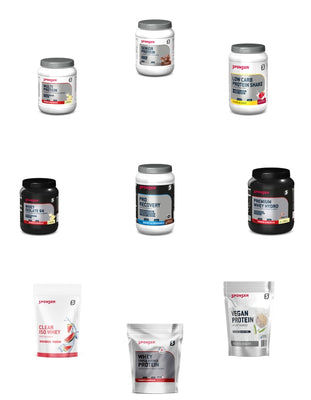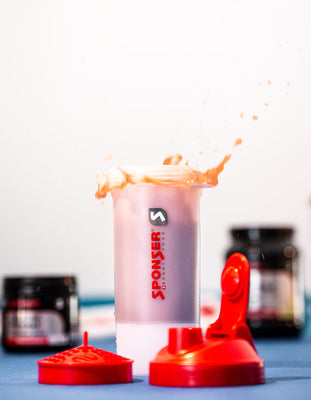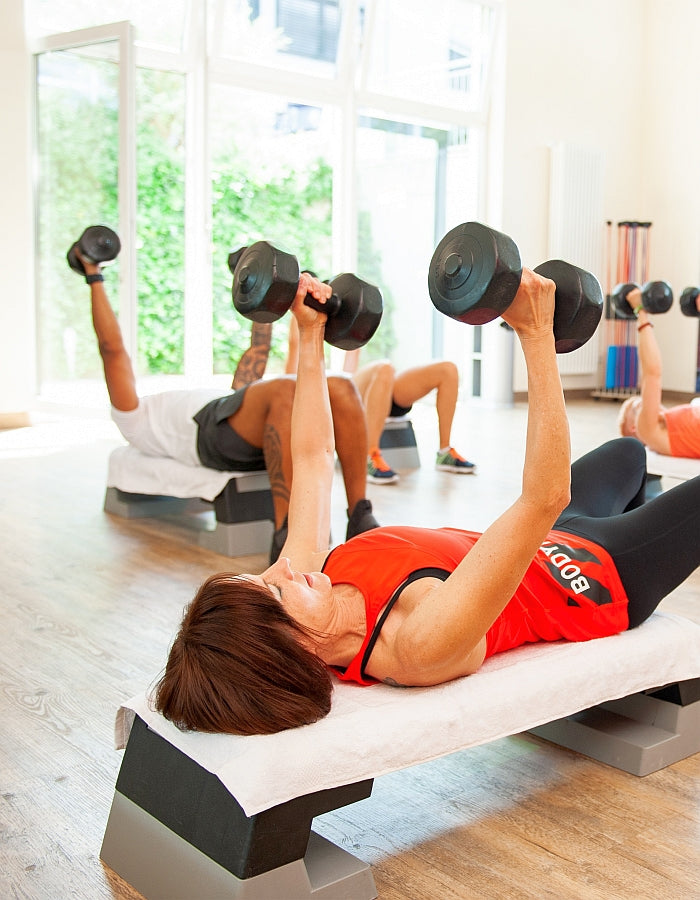
How to lose fat and build up muscles
If you want to reduce your weight and body fat percentage, you must primarily achieve a negative energy balance. Basically there are two possibilities for this, ideally in combination:
1. increase calorie output = additional physical activity
2. minimise caloric intake
Increase calorie output: strength training or endurance training?
Physical activity should not only be a pure means to increase energy output, but ideally should also include specific strength training for the purpose of building muscle mass. Since muscles burn more calories than fat tissue even at rest, increased muscle mass results in a higher basal metabolic rate or daily calorie requirement. Furthermore, it is now well proven that so-called High Intensity Interval Trainings (HIIT) are more effective than moderate long-term endurance units in terms of absolute calorie burning and fat reduction. HIIT is characterized by short, intensive intervals of e.g. 10 x 60 sec at 90% of the maximum heart rate, with a 60 sec break each. It apparently does not matter whether you train on empty energy stores or in a satiated state, because the calorie burning after training remains increased for a longer period of time («afterburning effect»). A balanced diet that is both high in protein and low in carbohydrates should be practised at the same time. In contrast to long endurance units, HIIT can be trained much more time-efficient.
Reduce caloric intake: triple effect of increased protein intake
On the nutritional side, the simplest and most effective approach is to increase the protein content in the diet. Nowadays, there is a wealth of clinical data that prove the satiating, muscle-preserving and calorie-burning (thermogenic) effect of protein.
• Compared to fat or carbohydrates, protein requires more energy for digestion: about 20-30% of the calories from protein are required for its digestion and burned as heat (thermogenesis). With carbohydrates, this effect counts only approx. 5-10% of its caloric content.
• Protein is digested more slowly than carbohydrates, which prolongs the satiety feeling and keeps insulin levels lower. This in turn promotes fat metabolism.
• Protein supports the building and maintenance of muscle mass. Since proteins are also used by the body as a source of energy when total energy balance is negative, a percentage increase in protein intake during a diet is all the more important.
• An increase in protein intake is even more important for people on a vegetarian or vegan diet. Because of the lower value of vegetable protein compared to animal protein, a combination of several sources and a slightly higher intake is necessary.
Implementation of nutritional measures in everyday life
Our most important recommendation: no radical goals and measures! Gentle and flexibly manageable changes are most sustainable. Further adjustments can be made successively as required. Start with the following or similar measures:
• Reduce carbohydrates: minimise your carbohydrate side dish several times a week, and eat more salad and/or vegetables instead. Be prudent with carbohydrates in general and fast sugars in particular, as they are not very satiating and also affect insulin levels, which has a negative effect on fat burning.
• High-quality protein source: Always include quality protein in all main meals. This can be dairy products, meat, fish, but also combined vegetable sources.
• Dietary fibres: A high fibre content (lettuce, mushrooms, pulses, wholemeal cereals and many vegetables) supports satiety and also digestion.
• Replace 2 to 4 meals per week with a protein shake, supplemented with a portion of salad or vegetables. Ideal in the evening.
• Plan your diet with convenient, but appropriate snacks. Avoid sugary snacks between meals and try to replace them with a protein shake or protein bar instead. If you do have a hunger attack, have something suitable ready (e.g. nuts,
PROTEIN LOW CARB BAR).
• Vegetables instead of fruits. Fruits are also healthy, of course, but contain a lot of sugar. Prefer raw vegetables instead (tomatoes, peppers, etc.)
• Minimise carbohydrates in the evening. Try to avoid carbohydrates late in the evening. A late meal should instead be rich in protein, but may well also contain fat (e.g. protein shake, cheese, nuts).
These gentle, adaptable measures provide the flexibility to react to cravings, invitations, lapses, etc. Such small steps are also easier to follow than crash diets because only minor behavioural changes are required, and no feelings of hunger are needed. Like this you can slowly but steadily change your diet and find your individually fitting solution.
Conclusion: Combined nutrition and training strategy
Weight loss should be achieved through a combination of dietary changes and increased activity, which will lead to a corresponding change in behaviour for long-term success. The new behaviour patterns must fit you and your everyday life, ultimately becoming part of your lifestyle! Only a permanent (lifelong) change protects you from the yo-yo effect.
Get now the Shape your Body Bundle at special conditions.
Related articles
on
» weight loss
on
» muscle building
on
» protein
shop
» power & muscle
goal
» muscle & strength
goal
» slim & toned
Author: Remo Jutzeler
Head R&D SPONSER SPORT FOOD
Ing. Applied Food Sciences UAS
MAS Nutrition & Health ETHZ
